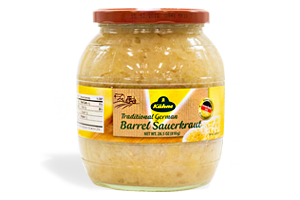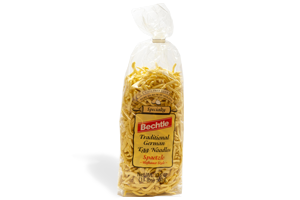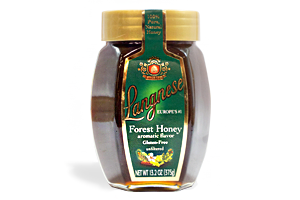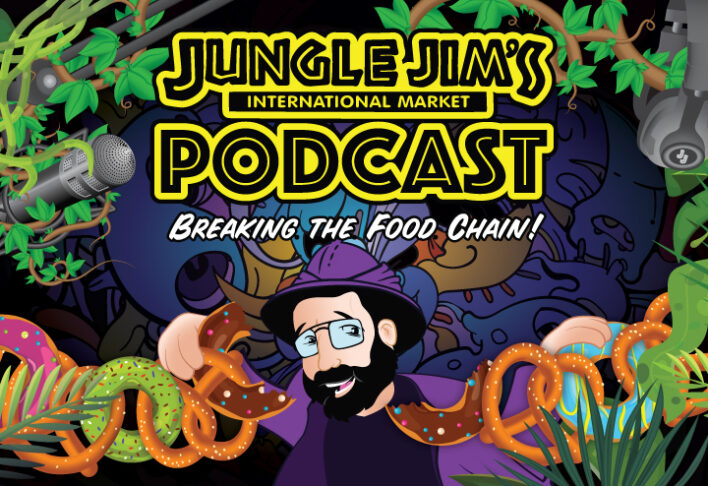Kühne Barrel Sauerkraut
Sauerkraut, or Germany’s superfood, has been a staple in the German diet since the 1600s. The name comes from the German words Sauer (sour) and Kraut (cabbage). However, it was the Chinese who first fermented cabbage in rice wine over 2,000 years ago. It wasn’t until the 16th century that Europeans adopted this habit of fermenting cabbage in its juices rather than wine, thus creating what we know today as German Sauerkraut. We suggest trying Kühne Barrel Sauerkraut. Kühne’s is made according to a traditional German recipe which is packed with full flavors. Try it with smoked pork, crispy pork knuckle, and tasty sausages.









